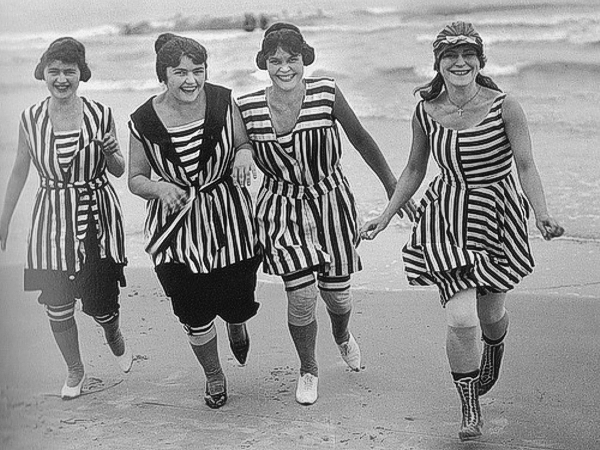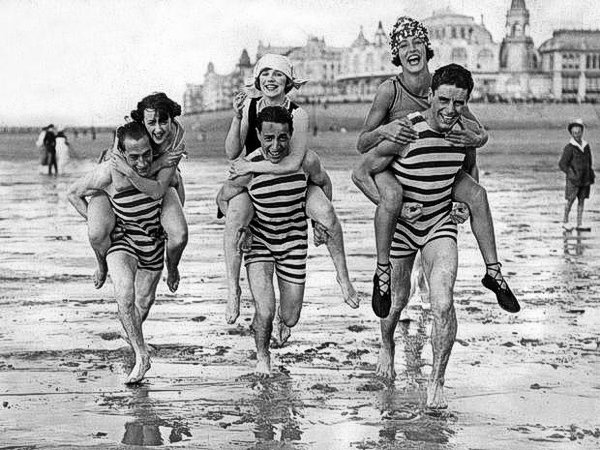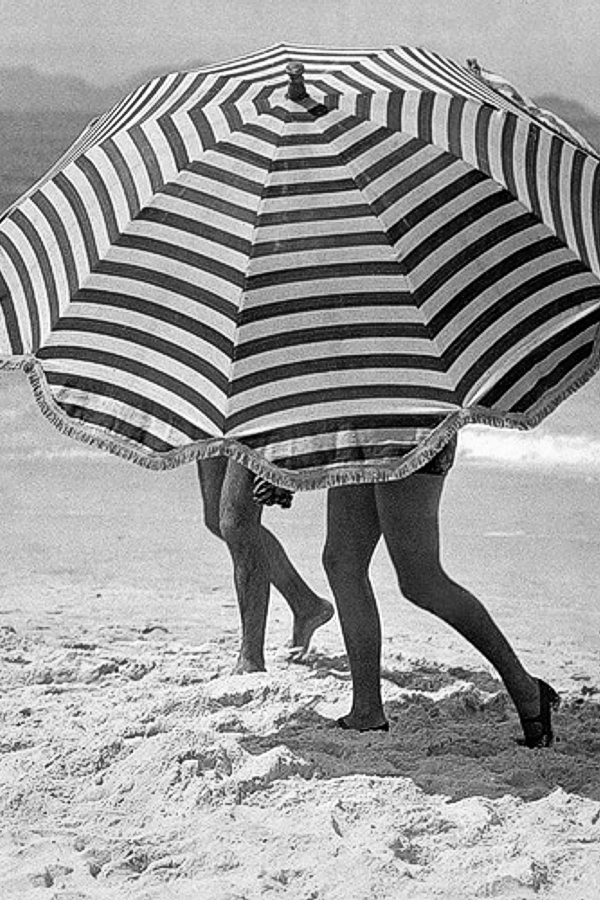FOR A SEAMAN AND FOR AN ARISTOCRAT
Text: Marta Kropidłowska
One could wonder if Queen Victoria, while putting a sailor’s outfit in her four-year-old son in 1846, sensed that it was just the beginning of fashion which actually continues today?
Since that time on children used to be dressed up in costumes with stripes resembling those worn by real seamen. At the end of the 19th century striped clothes constituted a part of beach fashion as well.
The upper crust of the early 20th century also spend holidays near “the water” wearing striped dresses copied from the outfits of Russian and English sailors.


However, it was as late as in the twenties of the 20th century when stripes took over the city streets. The reason was Coco Chanel who was enchanted by the uniforms of Breton fishermen uniforms and decided to introduce the stripes to serious fashion.
A famous picture of a French designer in 1926, presenting her in a striped sailor’s sweatshirt caused a real commotion. Such blouses began to be used as a universal sportswear. Quite quickly, stripes appeared in everyday city outfits as well: both used on dresses and suits.
The stripes were associated with freedom, youth and humour. Artists loved them – Pablo Picasso often posed for photographs dressed up in his favourite striped sweatshirt.
However, still most often one could come across them at the beach. Bathing suits, umbrellas, sun loungers – all of these items were made from material with stripes on it.
The photos of bearded beachers from the twenties makes us smile now. Of course usually they are dressed up in striped costumes.

P.S. It is interesting as regards the Middle Ages striped robes were deemed as discriminating. Heretics, clowns, lepers and prostitutes wore them.




